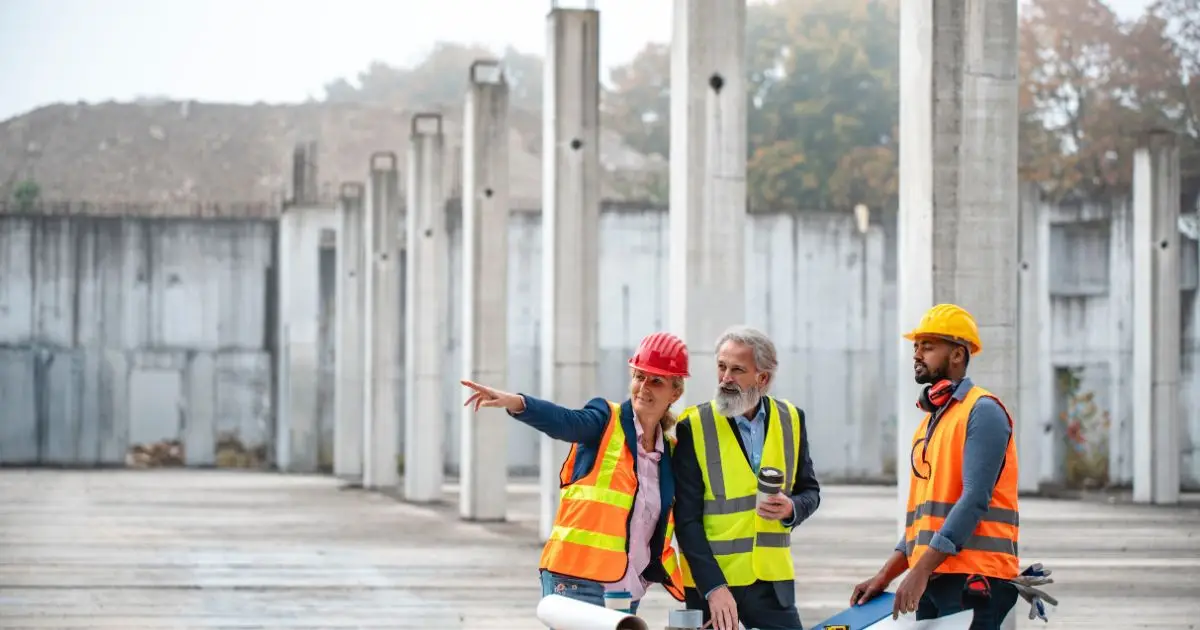Since the dawn of civilisation, a labourer has played some vital roles in the economy of every nation. Their contributions are apparent in various industries, particularly in construction. The field includes countless project types under diverse frameworks and timelines. But one thing is for sure: each of the projects needs a certain number of workers.
Some terms closely relate to the term “labourer”. Among them are “unskilled workers”, “working men”, “workers”, and “workmen”. The role is mostly done by men who are usually capable of doing physical tasks. However, women perform the same tasks for certain industries, such as textile or plastic factories. Read more about the job that will add your insight, especially in the construction field.
What is a labourer?
A labourer is someone who performs tasks that require great physical work. The role doesn’t need certain academic competency, unlike in the teaching or nursing fields. Anybody can fill up the role as long as they are healthy and not underaged. Some employees may set extra requirements for some tasks depending on the job demands.
But overall, applying as a labourer doesn’t take a longer hiring process. They will work under the instruction of a supervisor or a manager. Most of them work in building sites, factories, farms, plantations, and manufactures. For example, farmers plant and cultivate the plants. The jobs for workmen differ from one workplace to another.
Globally, labourers serve as the backbones of the world’s economy. Hence, they are valued so much that they have an annual day off, later known as May Day, which falls every May 1st. The Labour Day draws its inspiration from the 1886 Haymarket Affair in Chicago, which saw the violent riot between the workmen and the policemen while demanding an eight-hour workday.
Duties of labourer in the construction sector
The article focuses on the roles of a labourer in the construction industry because this sector absorbs a lot of workmen at once. You can find the facts as you pass by construction projects near where you live. Apartments, offices, public facilities, and warehouses are among the most popular in every city.
They perform diverse manual work, from carrying big stones to operating excavators. Massive numbers of workers are crucial for big-scale projects that have to meet tight deadlines. Smaller-scale ones require a lesser number of workmen. Regardless, their tasks revolve around five areas. Let’s break down the tasks one by one from the list below!
Site preparation
A labourer takes responsibility for clearing up the ground that will become the area of construction. They remove the debris and the stones and dig the trenches that surround the site plan. Besides, they pull out grass and wild plants. Another task is bringing the materials, such as cement and sand, to the field.
Building setting up
Each labourer may have a different role depending on the instruction of the project supervisor. For example, one manual worker brings certain tools for installing steel bars. The others work on installing pipes to ensure the new building has clean water that runs smoothly. Putting lightweight bricks is among the common tasks they perform during the stage.
Machinery operation
Some labourers have specialised responsibilities that require proper training. One of them is operating heavy equipment, such as bulldozers, cranes, and concrete mixers. Bulldozers are useful for levelling the soil and cleaning the construction area. They use cranes to lift and move heavy materials, especially in high buildings. Some handle concrete mixers to prepare the material as the foundation of the building.
Safety Compliance
A labourer must follow all safety procedures to ensure they work in a healthy environment. Working on construction sites can pose risks that may cost their lives. Therefore, simple rules, such as wearing helmets and gloves, speak volumes to protect their safety. Their self-awareness creates joint compliance from others; hence, the whole team will work safely from the start until the project ends.
Extra assistance
Small tasks incidentally appear during the whole project. This is where labourers play such big parts. They assist skilled workers, such as architects and electrical technicians. Their roles may look “small,” but without their punctual deliveries, the skilled workmen will face difficulties in meeting the deadline. For example, electricians will ask for their help to run cables through conduits, chases, and other pathways.
Field clearance
The last stage of building setup is clearing the site area of materials, debris, trash, and other remains. Sometimes, a labourer has to fill the remaining trenches and pits. They may check the electrical and water installations before the building is ready to use. All of these are under tight orders from their employers.
Stages to become a labourer in the construction field
As mentioned earlier, working as a labourer doesn’t require any formal education. Most of the jobs are manual ones that demand strong physics. Project supervisors give orders on-site that are usually simple and clear for all workers. However, the construction sector has an exception that requires them to complete their basic courses.
As the sector is a bit risky, you will need to comprehend safety measurements. Communication skills are equally important as the sector needs solid teamwork. All those aspects make up the following list to guide you in kicking off the career path. Check them out one by one for the future!
1. Earning a White Card
White Card is a certification that recognises your skill in the role. You will need to complete a basic construction course to get the card. Extra certifications are available if you wish to take labourer specialisations. You can take the Technical and Further Education (TAFE) diploma through programmes such as Certificate I in Construction and Certificate II in Construction Pathways.
2. Joining training programmes
Taking training courses will establish your career as a competent labourer. There will be various real lessons that you won’t find in the theory course. Get on-the-job training or take internships in construction projects as often as you can. Learn directly from the experts along the way. Watch fellow working men doing their tasks to gain real work experience.
3. Studying soft skills
Soft skills refer to social competencies that allow you to work well with others across job roles. Examples of these skills are understanding commands from contractors and building teamwork with other labourers. Meeting the work deadline is another personal ability that will propel your career forward faster in the field.
4. Finding the job
Completing the three steps should suffice for your next step, which is looking for the right job. In your application, mention your specialisations to grab the attention of the future employer. Include job experiences, including during training, to add to the chances of getting the role. When necessary, ask directly for the vacancy from the contractor of a site construction that is underway near your place of stay.
5. Keeping your physics strong
Along the way, exercise regularly to build your muscles and retain stamina. Consistent, strong physics is the main requirement for working as a labourer, as mentioned previously. Create a daily routine, including a sleeping schedule and clean eating habits, that contributes to whole-body fitness. Whether working or not on construction projects, your body needs this sort of wholesome discipline.
Lay your construction career ground with CCM
The construction field is the sector that never stops offering career opportunities for every job type. Whether you are a labourer or not, your choice in this sector is the right decision. The teachers at the College of Contract Management will assist you in launching the career path in much more efficient ways.
They will equip you with general knowledge that help you take solutions as you work later. The courses are also completed with recent innovations in the field, like AI use. This will enable you to consult with the right coaches about advanced issues that need certain focus. For more information, greet the team using the chat box or call them right away!





